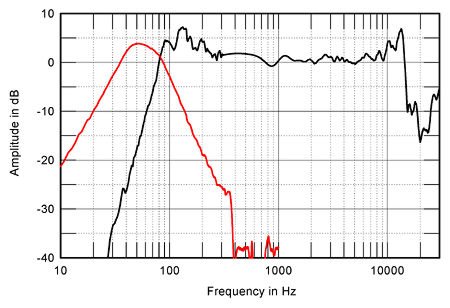I wonder if you ever heard MBL amp and speakers paired with other components. If you heard then which models?You sound like the religious ;-)
If I say, "The center of the earth is made of molten cheese, do you have anything to prove I'm wrong?" That doesn't make it true.
You made the statement that MBL amps have a frequency range bump and their speaker have a frequency range dip, the burden of proof is on you to prove it is true.
I don’t rely solely on measurements and my comment about MBL isn’t based on measurements. Although I don’t consider it as a proof but still it may give you an idea. What does below FR measurement of MBL 101 speakers tell you?

I took this measurement from Stereophile’s review. I hope they don’t mind.
Last edited:















